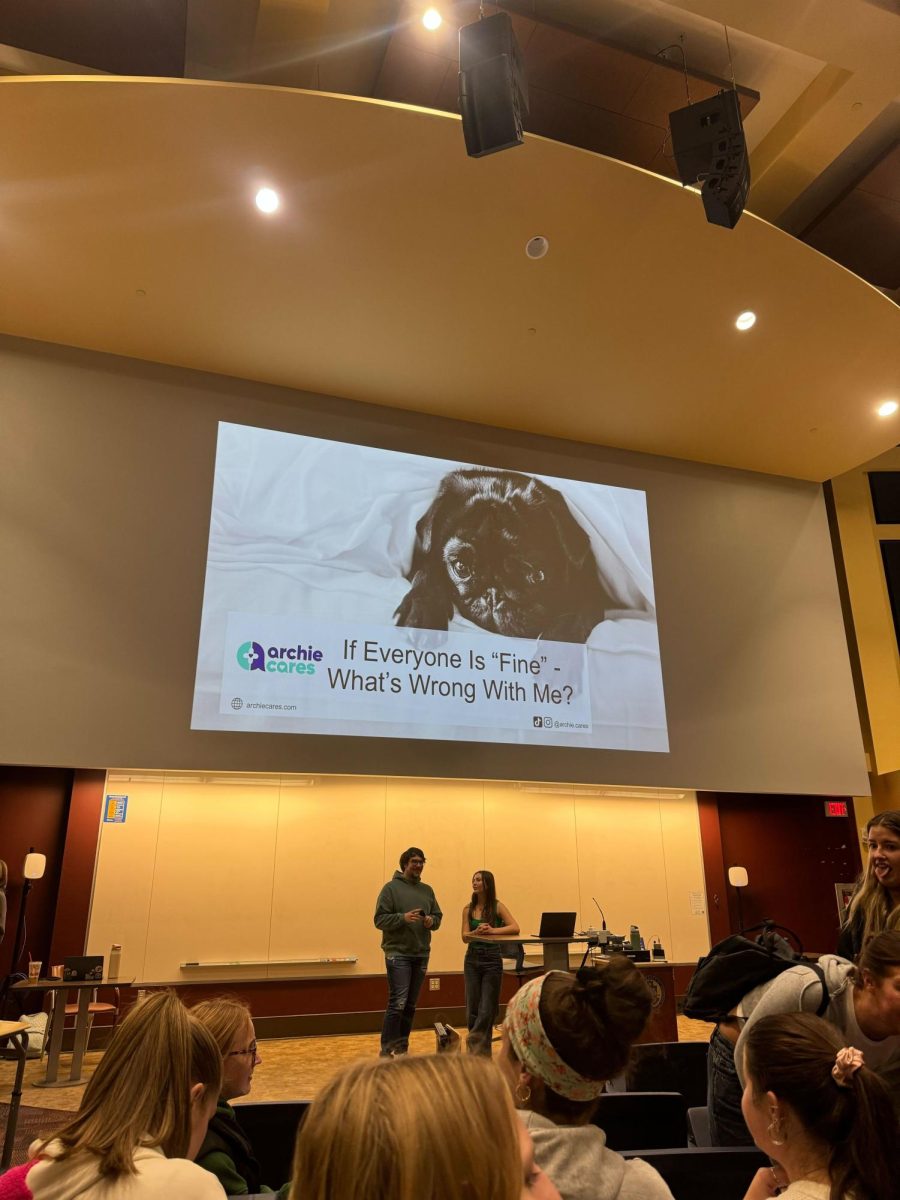Students receive funding for ‘green’ projects
December 8, 2008
‘ ‘ ‘ Cheap plastic. Infrared receivers. Solar-assisted wind fans. You know, college stuff. ‘… ‘ ‘ ‘ Cheap plastic. Infrared receivers. Solar-assisted wind fans. You know, college stuff. ‘ ‘ ‘ Ten college students from southwestern Pennsylvania are perfecting their plans to develop energy-saving devices meant to ‘green’ old buildings. The students are the members of five teams of finalists chosen in a 2008 Energy Efficient Building Technologies Challenge competition sponsored by Pitt’s Mascaro Center for Sustainable Innovation. ‘ ‘ ‘ The center gave each team $2,500 to develop prototypes of their ideas and expects them to deliver final presentations at the 2009 Pittsburgh Engineering Sustainability Conference this April. ‘ ‘ ‘ Micah Toll and Shaun Espenshade, two of the competition’s finalists, plan to use cheap plastic to bring wind power into the home and an instructional manual to teach everyone how to reduce their energy use.’ ‘ ‘ ‘ Toll, a sophomore studying mechanical engineering at Pitt, and Espenshade, a classics and rhetoric double major at Duquesne University, combined their skills to tackle the challenge posed by Pitt’s Mascaro Center for Sustainable Innovation.’ ‘ ‘ ‘ The competition asked undergraduate students from southwestern Pennsylvania to develop a method that would pay for itself within a year of use to make old buildings more energy efficient. Officials at the center selected five finalists from a pool of 29 who submitted proposals and gave them $2,500 to develop their ideas.’ ‘ ‘ ‘ The competition gives undergraduates the opportunity to put the skills they learned in their engineering classes to real use. ‘ ‘ ‘ ‘I think a big misconception is that kids in school either don’t have the time or don’t have the willpower to think of things like this,’ said Toll. ‘A lot of the time, you see these projects limited to the graduate level.’ ‘ ‘ ‘ Toll and Espenshade made it to the finals and now plan to bring their two-part plan from paper to reality. The first part of their plan consists of small, inexpensive wind generators that could be installed on the roof of any building, or in anyone’s backyard, to contribute to the building’s energy needs. ‘ ‘ ‘ The second part, in which Espenshade used his skills learned as a student of rhetoric, consists of an instruction manual on simple ways to improve energy efficiency.’ ‘ ‘ ‘ ‘As an engineer, I’m not as much of a linguist as he is,’ said Toll of his partner.’ ‘I can see how sometimes we get caught up behind the numbers. It’s very beneficial to have someone who thinks on a totally different level.’ ‘ ‘ ‘ Toll stressed the importance of the simplicity of their design.’ ‘ ‘ ‘ ‘You’ve got a problem, and sometimes people come up with overly complicated solutions,’ said Toll. ‘When it comes down to it, our project is pretty simple.’ ‘ ‘ ‘ Pitt bioengineering students Craig Lehocky and Bradley Morneweck plan to build and program a power strip to stop devices such as LCD and plasma televisions from going onto stand-by mode instead of shutting down completely. ‘ ‘ ‘ They’ve designed an infrared receiver, which will intercept the infrared signal from the television remote and completely shut off the television.’ The device, Lehocky said, would cost about $25 to build and would save about $16 worth of power per television per year.’ ‘ ‘ ‘ The team has also developed an idea for a device that would ensure that computer monitors completely shut off. The proposed circuit, which the team has not yet designed, would detect the drop in current when the computer goes from on to stand-by mode and use this as a cue to turn off the computer completely.’ ‘ ‘ ‘ Other teams are focused on heating and cooling projects. Stephen Palmer, a Pitt senior studying industrial engineering, and Patrick Wetherill, a Pitt senior studying mechanical engineering, made it to the finals with their design for a solar-assisted window fan.’ ‘ ‘ ‘ The fan turns on and off based on the outdoor temperature and also uses a solar air heater to provide heat to the room.’ ‘ ‘ ‘ When designing their project, Palmer and Wetherill said they looked for what would have the biggest impact on a building’s costs. ‘ ‘ ‘ ‘The biggest part of a building’s maintenance is heating and cooling,’ said Wetherill. ‘ ‘ ‘ Toll has confidence in the pair’s project. ‘ ‘ ‘ ‘If what we end up building is nearly as effective or inexpensive as we think, we’re going to start looking for a grant or start creating units and moving into production,’ said Toll.’ ‘ ‘ ‘ ‘ ‘ ‘ ‘ The competition winner will receive a $5,000 prize. The second will receive $2,500, and the third will receive $1,000.


